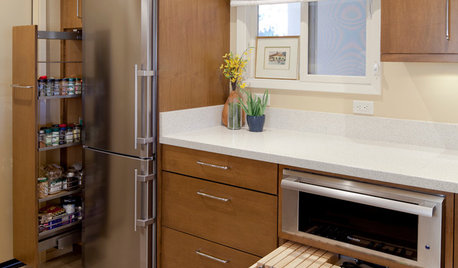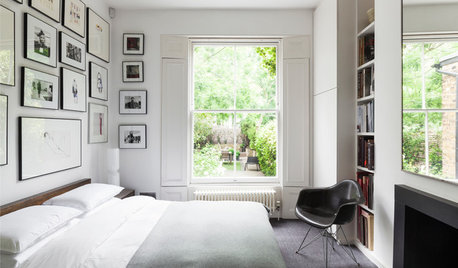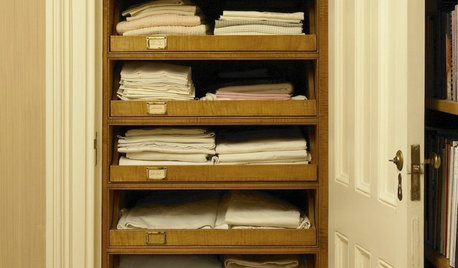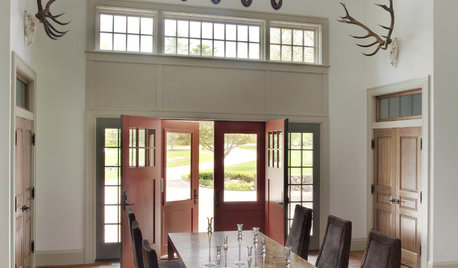Geothermal total bore depth vs. number of bores
Adam F
11 years ago
Related Stories

ORGANIZINGYour Total Home Organizing and Decluttering Guide
Take it slow or be a speed demon — this room-by-room approach to organizing and storage will get your home in shape no matter how you roll
Full Story
DECORATING GUIDES5 Things Every Home Should Have
A designer shares his top 5 style rules to take any room from boring to bold
Full Story
PATTERN13 Creative Ways With Patterned Wallpaper
Treat your walls to captivating splashes of color or texture, for rooms that shut the door on boring
Full Story
STANDARD MEASUREMENTSThe Right Dimensions for Your Porch
Depth, width, proportion and detailing all contribute to the comfort and functionality of this transitional space
Full Story
DECORATING GUIDES6 Cost-Effective Ways to Go Custom Made
Get a look that’s totally you — and possibly for a lower cost than you might think
Full Story
DECORATING GUIDESTextures Bring Good Taste to Traditional Dining Rooms
Healthy servings of texture and mixed materials satiate the need for depth and interest in dining room designs
Full Story
ORGANIZINGHow Much Stuff Is Enough?
Play the numbers game to streamline your belongings, for a neater home and a less-stressed you
Full Story
Guest Picks: Fun Fabrics to Perk Up Your Place
Go for striking patterns and rich colors to stir up drama, add a whimsical touch or tie a room together
Full Story
NEUTRAL COLORSColor Guide: How to Work With Beige
If you yawn and dismiss it, you're missing out on beige's infinite subtleties and the possibilities it brings to room designs
Full Story
GARDENING GUIDESSmall Carpenter Bees Are Looking for a Home in Your Plant Stems
Provide flowers and nesting sites in your garden for this beautiful, tiny, metallic blue wild bee — your plants will thank you
Full Story







brickeyee
Elmer J Fudd
Related Professionals
Fort Lee Solar Energy Systems · Holliston Solar Energy Systems · Muscatine Solar Energy Systems · Quincy Solar Energy Systems · Wakefield Solar Energy Systems · South Whittier Solar Energy Systems · Chattanooga Home Automation & Home Media · Fort Lauderdale Home Automation & Home Media · Naperville Home Automation & Home Media · Novi Home Automation & Home Media · West Chester Home Automation & Home Media · Wheaton Home Automation & Home Media · Walnut Creek Home Automation & Home Media · North Versailles Electricians · East Orange FireplacesAdam FOriginal Author
Elmer J Fudd
fsq4cw
brickeyee
Elmer J Fudd
Adam FOriginal Author
fsq4cw
Elmer J Fudd
Adam FOriginal Author
fsq4cw